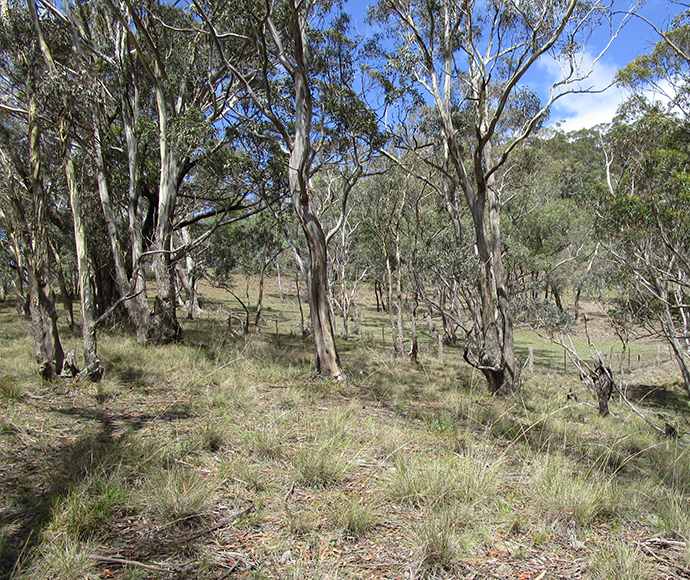Landholders to be rewarded for private land conservation
The NSW Government has released its four-year plan to help private landholders protect our most at-risk landscapes and threatened species.
The NSW Biodiversity Conservation Trust’s Investing in Private Land Conservation outlines key investment priorities for private land conservation in New South Wales.
It details opportunities for landholders to enter into agreements which will see them paid to manage their land for targeted conservation outcomes.
Between now and mid-2027, the NSW Government expects to add more than 200,000 hectares of land to the state’s protected areas and 50 unique landscapes to the state’s conservation efforts.
The plan focuses on high impact conservation, offering payments to landholders to protect, restore and manage precious habitats on their land.
It is underpinned by research, knowledge, and CSIRO-supported conservation prioritisation.
Quotes attributable to Minister for the Environment Penny Sharpe:
'Over the past five years, the efforts of private landholders have protected 127 threatened species and 19 threatened habitats across NSW.
'With more than 70 per cent of the state's land under private ownership, the local conservation efforts of landholders play a significant role in protecting important habitats and species.
'These landscapes provide critical habitat for many species not represented, or under-represented in areas already protected such as National Parks.'
Quotes attributable to landholder Lisa McCann:
Landholder Lisa McCann entered into a conservation agreement with the NSW Biodiversity Conservation Trust in 2019.
Ms McCann’s 1200-hectare property near Little River, in the state’s Central West, includes nationally endangered Box Gum Grassy Woodland and provides habitat for local threatened species, including the glossy black-cockatoo, little lorikeet and superb parrot.
'Being able to provide habitat for these species, while earning an income to manage pest animals, control weeds and do revegetation works will make all the difference for biodiversity into the future.
'We’re running fewer head of cattle, but our income is more reliable.
'When we head into the next drought, that’ll be a big difference. We won’t be spending our days just keeping livestock alive, we'll still be getting income from the conservation agreement and the time we put into the land will be helping build resilience to future climate extremes.'
For more information, interested landholders can visit the Biodiversity Conservation Trust.
